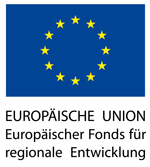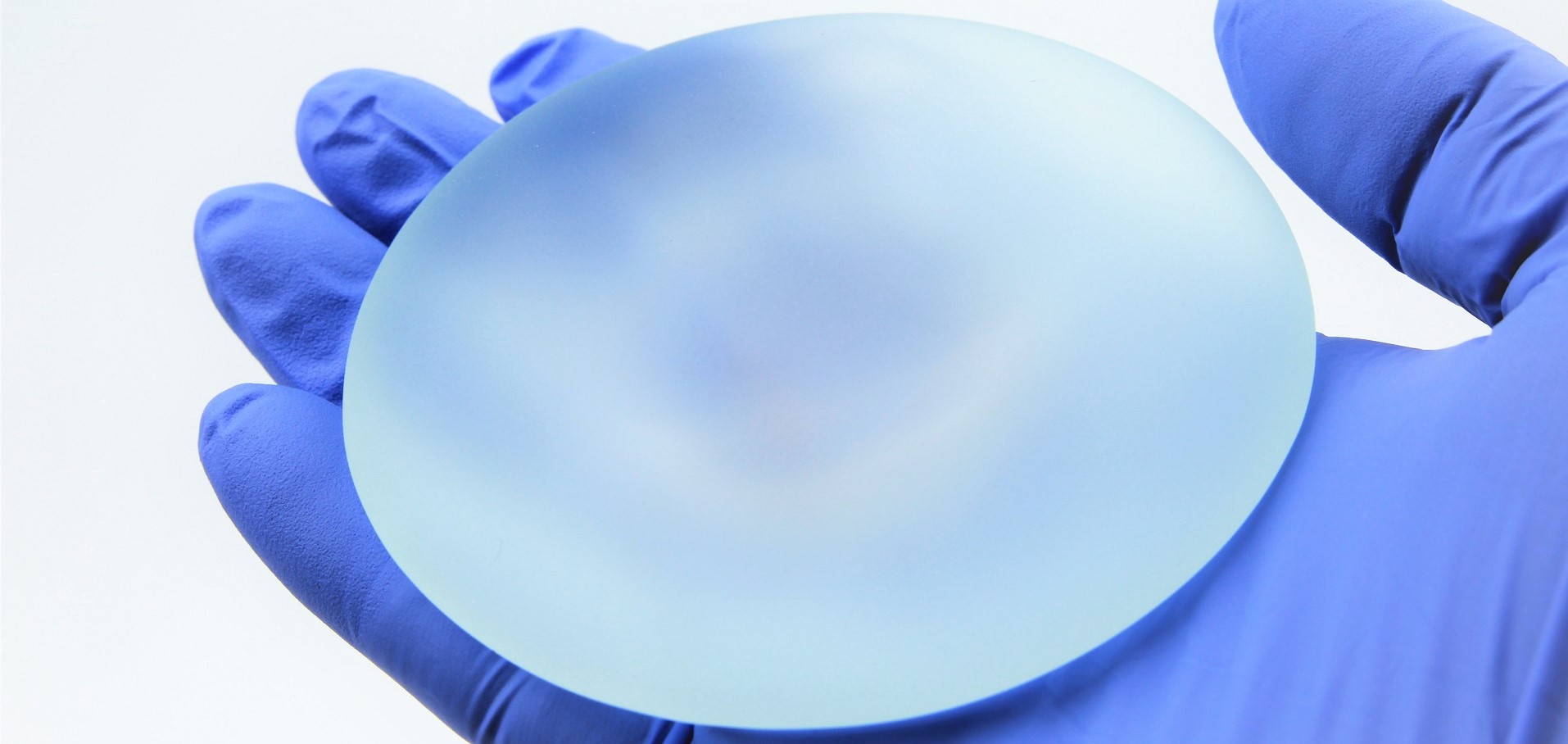Breast implants
Preclinical tests of breast implants are prescribed in ISO 14607:2018 with international validity. According to that, fatigue tests (Appendix C.1) and impaction tests (Appendix C.2) are required on the final, sterilized product. With regard to the shell, tensile tests on standardized specimens with measurement of the tensile set are required. Seams should also be tested in a tensile test (Appendix B). For the silicon filling itself, cohesion tests are described in Appendix E. Furthermore, ISO 14607 prescribes measurements of the surface topography (Annex H). The surface roughness and other surface parameters are determined and, based on the results, a classification into smooth, micro-textured or macro-textured implants is performed. In the case of inflatable implants, the competence of the valve or the injection site shall be tested (Annex D). For FDA approval, a further fatigue test must be carried out in accordance with FDA Guidance Docket No. 2004D-0124. The aim of this test is to develop an AF/N curve and determine the resulting endurance load level of the implant over 6.5 million load cycles. Further tests on mammary implants are described in ASTM F 703-18. The mechanical test of the shell corresponds to Annex B from ISO 14607. The test of inflatable implants corresponds to Annex D. The cohesion test corresponds to Annex E. A test method that is described in ASTM F 703-18, but not in ISO 14607, is the gel bleeding test. Here the finished, sterilized product is stored for 8 weeks at a higher temperature and silicone leakage through the shell is measured. We offer all of the above tests for your products at INNOPROOF GmbH. More information about each test is provided in the fields below. The procedures accredited in our scope are marked with an asterisk (*). As part of the MRA-ILAC agreement, our tests are internationally valid.






